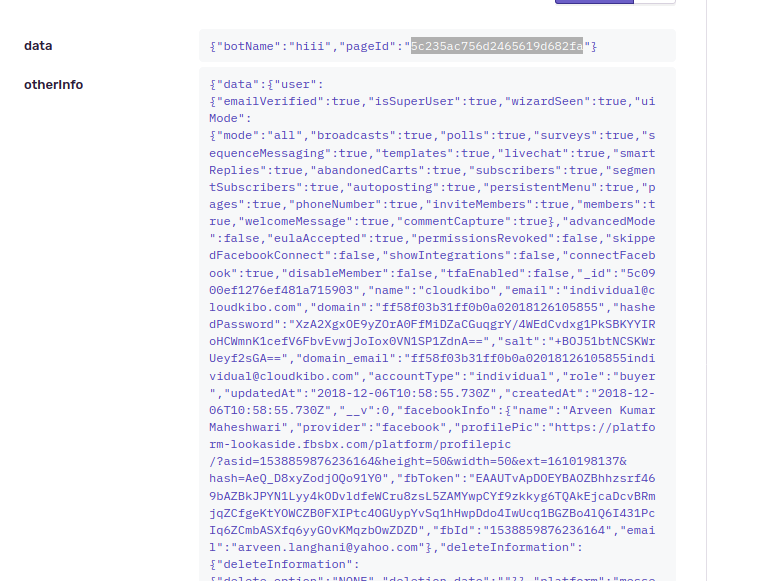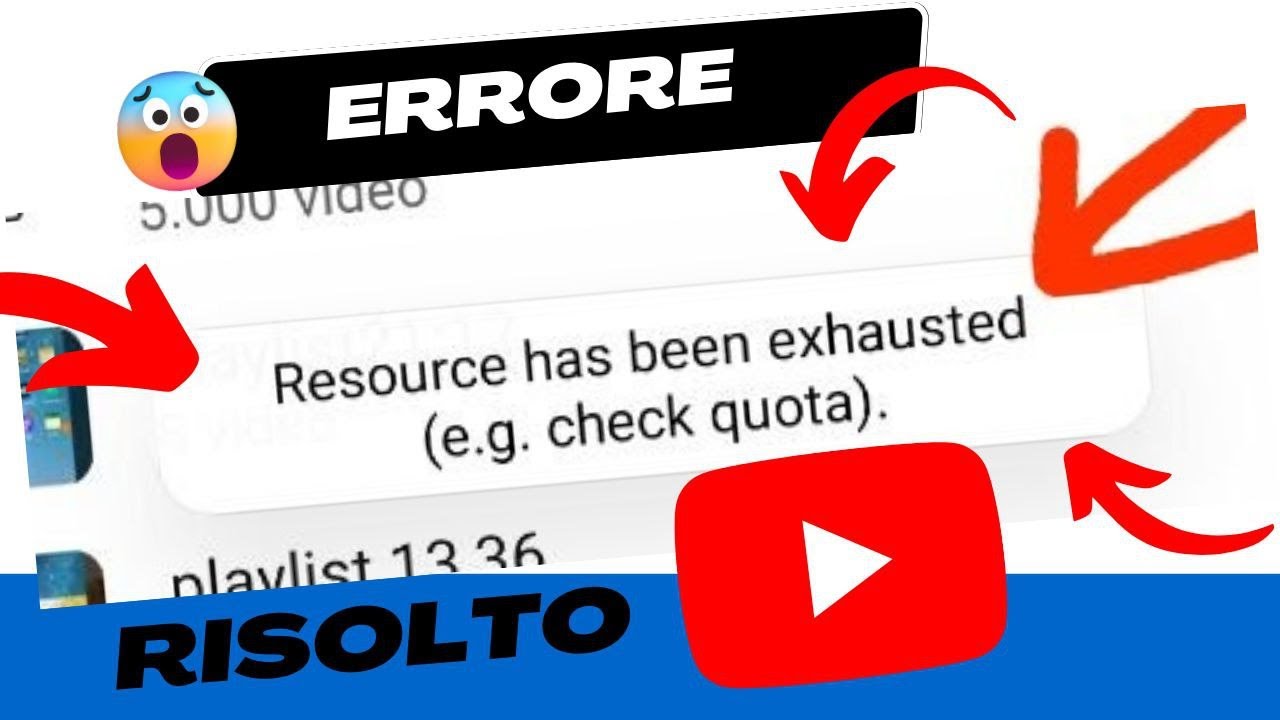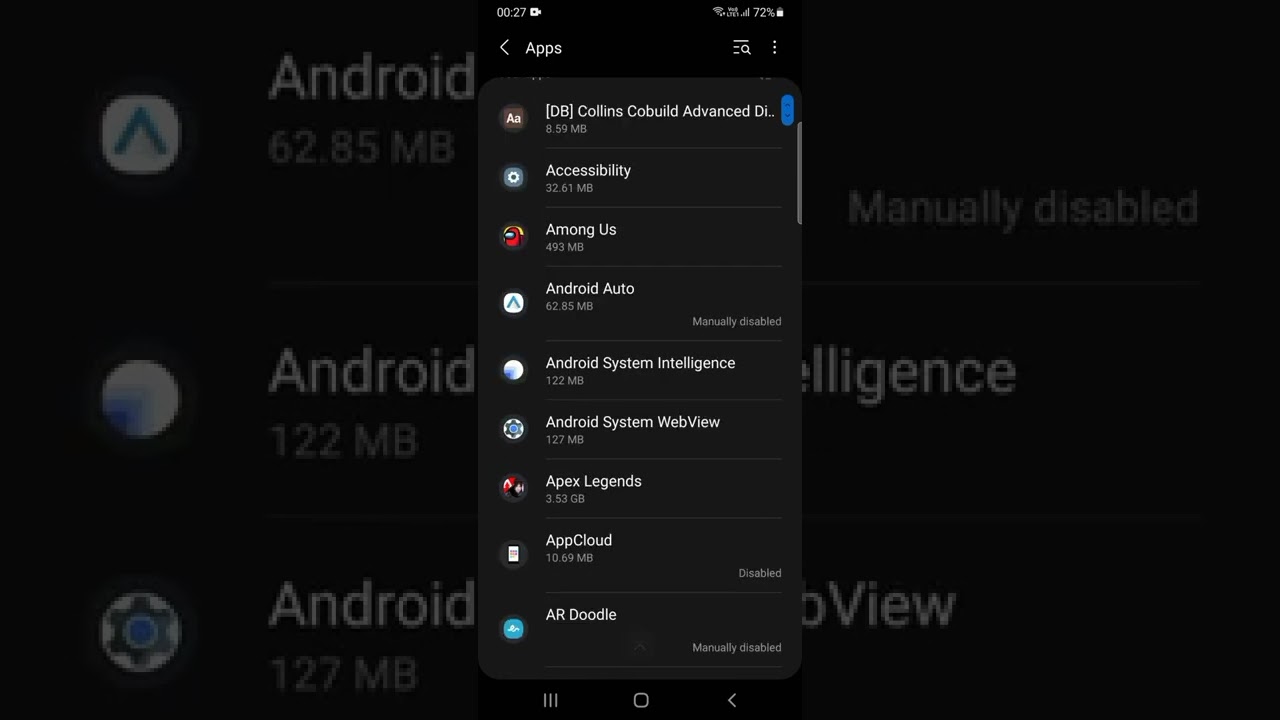Best CRM services are crucial for businesses aiming to streamline operations and foster stronger customer relationships. This exploration delves into the multifaceted world of Customer Relationship Management (CRM), examining key features, leading providers, and the critical aspects of implementation and security. We’ll navigate the complexities of choosing the right CRM, ensuring it aligns seamlessly with your business needs and objectives, from initial selection to ongoing maintenance.
We will cover various CRM models, including cloud-based, on-premise, and open-source solutions, weighing their respective advantages and disadvantages. Understanding pricing structures, integration capabilities, and the importance of robust security protocols are also key elements in our discussion. Finally, we’ll touch upon emerging trends shaping the future of CRM, ensuring you’re well-equipped to make informed decisions for sustainable growth.
Defining “Best” CRM Services

Choosing the “best” CRM service isn’t a simple task; it depends heavily on your specific business needs and priorities. There’s no one-size-fits-all solution. The ideal CRM seamlessly integrates with your existing workflows, enhances efficiency, and ultimately drives revenue growth. This requires careful consideration of several key factors.
Criteria for Defining “Best” CRM Services
Several factors contribute to a CRM system being considered “best.” These factors are interconnected and should be weighed against each other based on individual business requirements. Scalability ensures the system can handle increasing data volumes and user numbers as your business grows. Ease of use dictates how quickly your team can adopt and effectively utilize the system, minimizing training time and maximizing productivity.
Cost encompasses not only the initial purchase price but also ongoing maintenance, support, and potential add-on costs. A balance between these three elements is crucial for a successful CRM implementation. Other important criteria include security, integration capabilities, and reporting features.
Essential Features of a High-Quality CRM System
A robust CRM system offers a comprehensive suite of features categorized by core business functions. The following list highlights essential functionalities:
Sales Features: These features streamline the sales process, from lead generation to closing deals. Examples include contact management (tracking interactions and communications with prospects and clients), opportunity management (managing sales pipelines and forecasting), sales reporting and analytics (tracking key sales metrics), and sales automation (automating repetitive tasks such as email sequences and follow-ups).
Marketing Features: These features help nurture leads and improve marketing campaigns. Examples include marketing automation (automating marketing tasks such as email marketing and social media posting), campaign management (tracking the performance of marketing campaigns), lead scoring (prioritizing leads based on their likelihood to convert), and analytics (measuring the effectiveness of marketing efforts).
Customer Service Features: These features enhance customer support and improve customer satisfaction. Examples include case management (tracking and resolving customer issues), knowledge base (providing self-service options for customers), customer support ticketing (managing and responding to customer inquiries), and customer feedback collection (gathering customer feedback to improve services).
CRM Service Models: A Comparison
Businesses can choose from various CRM deployment models, each with its own advantages and disadvantages. The three primary models are cloud-based, on-premise, and open-source.
| Feature | Cloud-Based CRM | On-Premise CRM | Open-Source CRM |
|---|---|---|---|
| Cost | Typically subscription-based, lower upfront costs, potential for variable costs depending on usage. | Higher upfront costs for software and hardware, ongoing maintenance expenses. | Lower initial cost, but potential for higher ongoing costs related to customization, support, and maintenance. |
| Scalability | Highly scalable, easily adaptable to changing business needs. | Scalability can be limited by existing infrastructure. Upgrades require significant investment. | Scalability depends on the chosen platform and infrastructure; can be challenging for large enterprises. |
| Accessibility | Accessible from anywhere with an internet connection. | Accessible only from within the company network. | Accessibility depends on the chosen platform and infrastructure; can be customized. |
| Security | Security managed by the provider, but data breaches are still possible. | Security managed by the company, requiring significant investment in infrastructure and personnel. | Security depends on the implementation and maintenance by the organization. Requires dedicated resources. |
Top CRM Service Providers: Best Crm Services

Choosing the right CRM can significantly impact a business’s efficiency and growth. This section highlights three leading CRM providers, comparing their core features, pricing, and support mechanisms to aid in informed decision-making. The market offers a wide variety of options, but these three consistently rank highly for their robust functionalities and user-friendliness.
Leading CRM Providers: Key Offerings
Three leading CRM service providers are Salesforce, HubSpot, and Zoho CRM. Each offers a comprehensive suite of tools designed to manage customer relationships, but their strengths and focuses vary. Salesforce excels in scalability and customization, catering to large enterprises. HubSpot emphasizes inbound marketing integration, making it ideal for businesses focusing on attracting and nurturing leads. Zoho CRM provides a more affordable and feature-rich option for small to medium-sized businesses.
Pricing Structures of Leading CRM Providers
Understanding the pricing models is crucial for budget planning. Each provider offers various tiers, each with differing features and functionalities. Direct comparisons are challenging due to constantly evolving pricing and customized packages, but a general overview is provided below. Always check the provider’s website for the most up-to-date pricing.
Salesforce: Salesforce’s pricing is typically per-user, per-month, and varies significantly based on the edition (Essentials, Professional, Enterprise, Unlimited). Higher editions include more features like advanced analytics, customization options, and support capabilities. They also offer a free trial period. Additional costs can arise from add-ons and integrations.
HubSpot: HubSpot offers a freemium model, with a free CRM option and paid tiers for increasingly advanced features. Their paid plans are also usually per-user, per-month, and include varying levels of marketing, sales, and service tools. The pricing structure is generally more transparent than Salesforce’s, with clearly defined features for each tier.
Zoho CRM: Zoho CRM follows a similar per-user, per-month pricing model, but generally offers more competitive pricing than Salesforce and HubSpot, particularly for smaller businesses. They also offer a free plan with limited features, making it a good option for startups testing the waters. They have several paid tiers with increasing functionality and user limits.
Customer Support Mechanisms
Effective customer support is essential when dealing with complex CRM software. Each provider offers a range of support options, though the specific availability may depend on the chosen pricing tier.
Salesforce: Salesforce offers comprehensive support options, including phone, email, and chat support, along with an extensive knowledge base and online community forums. Higher-tier subscriptions typically include prioritized support and dedicated account managers.
HubSpot: HubSpot provides robust support through various channels, including extensive documentation, a large online community, and direct contact via email and chat. Phone support may be limited to higher-tier plans. Their knowledge base is well-regarded for its comprehensiveness and ease of use.
Zoho CRM: Zoho CRM offers email and chat support, a comprehensive knowledge base, and a dedicated support forum. Phone support might be available for higher-tier plans or as an add-on service. Their self-service resources are generally considered sufficient for most users.
CRM Integration and Customization

A robust CRM system is more than just a contact database; its true power lies in its ability to seamlessly integrate with other crucial business tools and adapt to a company’s unique needs. Effective integration streamlines workflows, improves data accuracy, and ultimately boosts efficiency and productivity. Customization allows businesses to tailor their CRM to reflect their specific processes and reporting requirements, maximizing its value.Effective CRM integration is paramount for optimizing business operations.
Connecting your CRM to other software solutions eliminates data silos, preventing inconsistencies and saving valuable time spent on manual data entry. This interconnectedness facilitates a holistic view of customer interactions across various touchpoints, enabling more informed decision-making and personalized customer experiences.
Integration Challenges and Best Practices
Common integration challenges often stem from incompatible data formats, differing security protocols, and the lack of standardized APIs (Application Programming Interfaces). For example, a mismatch between a CRM’s date format and that of an accounting software can lead to errors in financial reporting. Poorly defined data mappings can result in duplicated or incomplete records, hindering data analysis. Best practices involve thorough planning, careful selection of integration methods (e.g., APIs, ETL tools), robust data validation, and ongoing monitoring to ensure seamless data flow.
Employing a phased approach to integration, starting with essential integrations, minimizes disruption and allows for iterative improvements.
Hypothetical CRM Integration Scenario: Small Business Accounting
Imagine “Cozy Candles,” a small candle-making business, using a CRM to manage customer interactions and sales leads. They also utilize accounting software to track their finances. To integrate their CRM (let’s assume it’s HubSpot) with their accounting software (Xero), Cozy Candles would follow these steps:
1. Assessment
Cozy Candles first identifies the specific data points they need to share between the two systems. This might include customer information (name, address, contact details), invoice numbers, and payment statuses.
2. API Selection and Configuration
HubSpot and Xero both offer APIs. Cozy Candles would need to configure the API connections, ensuring secure authentication and authorization. This often involves obtaining API keys and setting up webhooks to automatically trigger data updates.
3. Data Mapping
A crucial step involves mapping fields between the CRM and accounting software. For example, the “Customer ID” in HubSpot needs to be linked to the “Customer ID” in Xero. Careful mapping prevents data inconsistencies.
4. Testing and Validation
Before full-scale deployment, thorough testing is crucial. Cozy Candles would simulate transactions and check for data accuracy and consistency across both systems.
5. Deployment and Monitoring
Once testing is complete, the integration is deployed. Ongoing monitoring is vital to identify and resolve any issues that might arise. This involves regular checks for data discrepancies and system performance.
CRM Implementation and Training
Successful CRM implementation hinges on more than just choosing the right software; it requires a well-planned strategy encompassing thorough training and ongoing support. A smooth transition ensures user buy-in and maximizes the return on investment. Ignoring this crucial aspect can lead to low adoption rates, wasted resources, and ultimately, a failed CRM project.
CRM Implementation Steps
Implementing a new CRM system is a multi-stage process. Careful planning and execution at each stage are vital for a successful outcome. Overlooking any step can lead to unforeseen complications and delays. A phased approach allows for iterative improvements and minimizes disruption to daily operations.
- Needs Assessment and Planning: This initial phase involves identifying specific business needs, defining project goals, and selecting the appropriate CRM system. Key stakeholders should be involved to ensure alignment with organizational objectives.
- Data Migration: Moving existing customer data into the new CRM system is a critical step. This requires careful planning and execution to ensure data accuracy and integrity. Data cleansing and validation are crucial to avoid errors and inconsistencies.
- System Configuration and Customization: The CRM system needs to be configured to match the organization’s specific workflows and processes. This may involve customizing fields, reports, and dashboards to meet unique requirements.
- User Training: Comprehensive training is essential to ensure users understand how to effectively utilize the new system. This includes both initial training and ongoing support to address questions and challenges.
- Go-Live and Post-Implementation Support: The launch of the new system requires careful monitoring and support to address any issues that may arise. Post-implementation support is crucial for ongoing optimization and user assistance.
- System Monitoring and Optimization: Continuous monitoring of the system’s performance and user adoption is vital for ongoing improvement. Regular reviews and adjustments ensure the CRM remains effective and efficient.
Best Practices for User Training and Adoption
Effective training programs are critical for maximizing CRM adoption and return on investment. A well-structured program leads to increased user confidence and proficiency, resulting in higher data accuracy and improved productivity. Ignoring this can lead to frustration, low usage, and ultimately, failure to achieve the desired outcomes.
- Hands-on Training: Provide ample opportunities for users to practice using the system. Interactive workshops and simulations are far more effective than passive lectures.
- Personalized Training: Tailor training materials and methods to different user roles and skill levels. This ensures that each user receives relevant and appropriate instruction.
- Ongoing Support: Offer ongoing support through readily available resources such as help desks, FAQs, and online tutorials. This ensures users can quickly resolve issues and stay proficient.
- Gamification: Incorporate game-like elements into the training program to increase engagement and motivation. Leaderboards, badges, and points can encourage participation and friendly competition.
- Regular Feedback and Assessment: Gather regular feedback from users to identify areas for improvement in the training program and the CRM system itself. This iterative approach ensures the program remains relevant and effective.
Creating a Comprehensive Training Program
A comprehensive training program should be designed to equip users with the skills and knowledge necessary to effectively utilize the CRM system. This involves a structured approach covering various aspects of the system, from basic navigation to advanced features. A well-designed program leads to higher user adoption rates and increased efficiency.
A sample training program might include:
- Introductory Session: Overview of the CRM system, its purpose, and benefits to the organization. This sets the stage and generates excitement.
- Modular Training: Break down training into smaller, manageable modules focusing on specific features and functionalities. This allows for focused learning and avoids overwhelming users.
- Hands-on Exercises and Case Studies: Provide practical exercises and real-world scenarios to reinforce learning and build confidence. This helps users apply their knowledge in realistic situations.
- Role-Based Training: Develop specific training materials tailored to the roles and responsibilities of different users. This ensures that training is relevant and targeted to individual needs.
- Assessment and Certification: Implement assessments, such as quizzes or practical tests, to evaluate user understanding and proficiency. Consider offering certification upon successful completion.
- Ongoing Support and Refresher Courses: Provide ongoing support through various channels and offer refresher courses to maintain user proficiency and address any evolving needs.
Security and Data Privacy in CRM Systems
Protecting sensitive customer data is paramount when using a CRM system. A breach can lead to significant financial losses, reputational damage, and legal repercussions. Choosing a CRM with robust security features and adhering to strict data privacy regulations are essential for maintaining customer trust and complying with the law.Data encryption and access control are fundamental security considerations. Encryption safeguards data both in transit and at rest, preventing unauthorized access even if a breach occurs.
Access control mechanisms, such as role-based permissions, ensure that only authorized personnel can view and modify specific data. This granular control minimizes the risk of data leaks and ensures compliance with data privacy regulations.
Data Encryption and Access Control
Robust data encryption is crucial for protecting sensitive customer information. This involves encrypting data both while it’s being transmitted (in transit) and while it’s stored (at rest). For example, a CRM system might use TLS/SSL encryption for data in transit and AES-256 encryption for data at rest. Access control mechanisms, such as role-based access control (RBAC), limit user access based on their roles within the organization.
A sales representative might only have access to customer contact information, while a manager might have access to sales reports and performance metrics. Multi-factor authentication (MFA) adds an extra layer of security by requiring users to provide multiple forms of authentication, such as a password and a one-time code, before accessing the system.
Compliance with Data Privacy Regulations
CRM systems must comply with various data privacy regulations, including the General Data Protection Regulation (GDPR) in Europe and the California Consumer Privacy Act (CCPA) in California. These regulations dictate how businesses must collect, store, process, and protect personal data. GDPR, for example, requires businesses to obtain explicit consent for data processing, provide individuals with access to their data, and allow them to request deletion of their data.
CCPA grants California residents similar rights, including the right to know what data is collected about them and the right to opt out of data sales. Reputable CRM providers actively incorporate these regulations into their systems and provide tools to help businesses meet their compliance obligations. For instance, they may offer features for managing consent, data subject access requests, and data deletion requests.
Security Measures Checklist for Businesses, Best crm services
Implementing a comprehensive security strategy is vital for protecting customer data within a CRM system. This involves a multi-layered approach that considers various aspects of security.
- Regular Security Audits: Conduct regular security audits to identify vulnerabilities and ensure compliance with security standards.
- Strong Passwords and MFA: Enforce strong password policies and implement multi-factor authentication to enhance user account security.
- Data Encryption: Ensure that data is encrypted both in transit and at rest to protect it from unauthorized access.
- Access Control: Implement role-based access control to limit user access based on their roles and responsibilities.
- Regular Software Updates: Keep the CRM software and all related applications updated to patch security vulnerabilities.
- Employee Training: Provide regular security awareness training to employees to educate them on best practices for data security.
- Data Loss Prevention (DLP): Implement DLP measures to prevent sensitive data from leaving the organization’s control.
- Incident Response Plan: Develop and regularly test an incident response plan to handle security breaches effectively.
- Vendor Risk Management: Evaluate the security practices of third-party vendors that access the CRM system.
- Data Backup and Recovery: Regularly back up CRM data and ensure that a robust recovery plan is in place.
Future Trends in CRM Services

The CRM landscape is constantly evolving, driven by technological advancements and changing customer expectations. Understanding emerging trends is crucial for businesses seeking to optimize their customer relationship management strategies and maintain a competitive edge. This section will explore three key trends shaping the future of CRM.
These trends represent significant shifts in how businesses interact with their customers, demanding adaptability and strategic planning for successful implementation.
AI-Powered CRM Features
The integration of artificial intelligence (AI) is revolutionizing CRM capabilities. AI-powered features, such as predictive analytics, automated workflows, and intelligent chatbots, are enhancing efficiency and personalization. Predictive analytics, for instance, can anticipate customer churn, allowing businesses to proactively address potential issues. Automated workflows streamline repetitive tasks, freeing up human resources for more strategic activities. Intelligent chatbots provide instant customer support, improving response times and enhancing customer satisfaction.
Companies like Salesforce are already heavily investing in and deploying AI across their platform, offering features like Einstein AI for sales forecasting and lead scoring. The use of AI in CRM is not merely about automation; it’s about leveraging data to understand customer behavior and preferences at a granular level, enabling hyper-personalization of interactions.
Mobile CRM
The increasing reliance on mobile devices necessitates a mobile-first CRM approach. Mobile CRM allows sales representatives, customer service agents, and other employees to access customer data and interact with customers anytime, anywhere. This improves responsiveness, facilitates immediate issue resolution, and enables real-time updates to customer records. For example, a field service technician can access a customer’s service history and relevant documentation directly from their smartphone, ensuring a more efficient and informed service call.
The accessibility and convenience of mobile CRM contribute significantly to improved productivity and enhanced customer experience. The impact is especially pronounced for businesses with field-based operations or a geographically dispersed workforce.
Omnichannel Strategies
Customers expect seamless interactions across various channels, including websites, social media, email, mobile apps, and in-person interactions. Omnichannel CRM integrates all these channels into a unified platform, providing a consistent and personalized customer experience regardless of the chosen touchpoint. This holistic approach allows businesses to track customer journeys across different channels, identify pain points, and personalize interactions based on past behavior.
For instance, a customer who initiates a conversation on social media can seamlessly continue the interaction via email or phone without repeating their information. This improved customer experience leads to increased customer loyalty and advocacy. Companies like Adobe and Oracle are actively promoting and providing tools to help businesses implement effective omnichannel strategies.
| Trend | Impact |
|---|---|
| AI-Powered CRM Features | Improved efficiency, enhanced personalization, predictive analytics for proactive customer management, automated workflows, and instant customer support through intelligent chatbots. |
| Mobile CRM | Increased responsiveness, improved accessibility of customer data, enhanced productivity, real-time updates, and better customer service, particularly for field-based operations. |
| Omnichannel Strategies | Seamless customer experience across multiple channels, personalized interactions, improved customer loyalty, and a holistic view of the customer journey. |
Closing Notes

Ultimately, selecting the best CRM service hinges on a thorough understanding of your business needs, budget constraints, and long-term goals. By carefully considering the factors Artikeld in this guide – from functionality and scalability to security and integration – businesses can confidently choose a CRM system that empowers them to nurture customer relationships, optimize processes, and drive sustainable growth.
Remember that the ideal CRM is not a one-size-fits-all solution; rather, it’s a strategic investment tailored to your unique requirements.
Q&A
What is the average cost of a CRM system?
CRM costs vary greatly depending on the provider, features, and number of users. Expect to find options ranging from free plans with limited functionality to enterprise-level solutions costing thousands of dollars per year.
How long does it typically take to implement a CRM?
Implementation time depends on the complexity of the system and the size of the business. Smaller businesses might see implementation within weeks, while larger organizations could require several months.
Can I integrate my CRM with existing software?
Many CRMs offer robust integration capabilities with various business tools, including marketing automation platforms, email marketing services, and accounting software. However, the specific integrations available vary by provider.
What security measures should I consider?
Prioritize data encryption, access control, regular security audits, and adherence to data privacy regulations (like GDPR and CCPA) when selecting and using a CRM.

